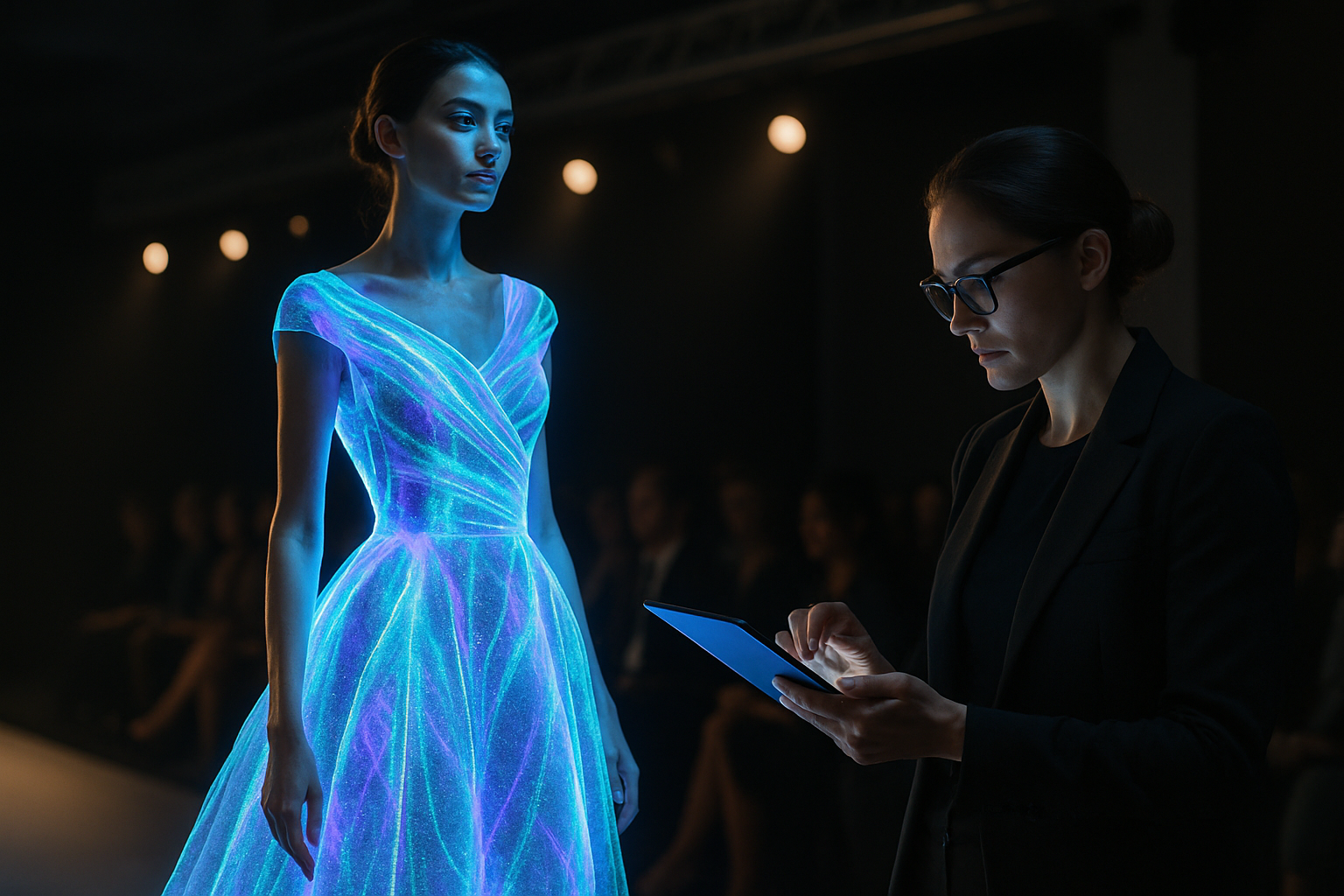Holographic Fashion: The Future of Wearable Art
In a world where technology and fashion increasingly intertwine, holographic clothing is emerging as a groundbreaking form of wearable art. This futuristic concept blends cutting-edge digital innovation with haute couture, creating garments that push the boundaries of traditional fashion design. As designers and tech companies collaborate to bring these ethereal creations to life, holographic fashion is poised to revolutionize runways, red carpets, and everyday wardrobes alike.

The breakthrough came with the development of flexible, ultra-thin display technologies and advanced projection mapping techniques. These innovations allowed designers to create clothing that could display moving images, change colors, and even interact with the wearer’s environment. Fashion houses began collaborating with tech companies to explore the possibilities, resulting in prototypes that captured the imagination of the industry.
Technological Marvels Behind the Shimmer
At the heart of holographic fashion lies a complex interplay of cutting-edge technologies. The most advanced holographic garments utilize flexible OLED displays, woven into the fabric itself. These displays are powered by miniaturized batteries and controlled by sophisticated software, allowing for dynamic visual changes.
Another approach involves the use of smart fabrics embedded with microscopic reflective particles. When combined with precisely calibrated projectors, these fabrics can display holographic images that appear to float around the wearer. Some designers are even experimenting with augmented reality elements, creating garments that interact with smartphone apps to display personalized holographic patterns.
From Runway to Reality
While holographic fashion initially seemed destined for haute couture and avant-garde exhibitions, it is gradually making its way into more mainstream applications. High-profile events like the Met Gala and music award shows have become showcases for celebrities donning holographic creations, sparking public interest and driving innovation in the field.
Fashion-forward retailers are now offering limited edition holographic accessories, such as handbags and shoes, that incorporate simpler versions of the technology. These items serve as a bridge between the fantastical world of high fashion and the practical demands of everyday wear, allowing consumers to experience a taste of the future.
The Impact on Design and Self-Expression
Holographic fashion is not just about visual spectacle; it represents a fundamental shift in how we conceive of clothing and personal style. Designers are now working in four dimensions, considering not just cut, color, and texture, but also movement and transformation over time. This new paradigm opens up unprecedented possibilities for self-expression and creativity.
Wearers of holographic garments can change their look instantly, adapting to different social situations or moods with the touch of a button. The technology also allows for a level of personalization never before seen in fashion, with users able to display their own designs or even live data feeds on their clothing.
Challenges and Ethical Considerations
Despite its potential, holographic fashion faces several hurdles on its path to widespread adoption. The technology remains expensive and energy-intensive, raising questions about sustainability and accessibility. There are also concerns about privacy and data security, as connected garments could potentially be hacked or used for surveillance.
Additionally, the fashion industry must grapple with the ethical implications of creating clothing that can change its appearance at will. Critics argue that this technology could exacerbate issues of body image and social pressure, while others see it as a tool for liberation from traditional beauty standards.
The Future Unfolds
As holographic fashion continues to evolve, its influence is likely to extend far beyond the realm of clothing. Architects are already exploring ways to incorporate similar technologies into building facades, while artists are using holographic techniques to create immersive installations.
The potential applications in fields such as healthcare and security are also significant. Imagine uniforms that can display vital medical information in emergencies, or protective gear that can adapt its camouflage in real-time.
As we stand on the brink of this holographic revolution, one thing is clear: the future of fashion is bright, dynamic, and shimmering with possibility. Whether holographic clothing becomes a staple of everyday life or remains a niche for the avant-garde, its impact on the way we think about design, technology, and self-expression will be lasting and profound.





